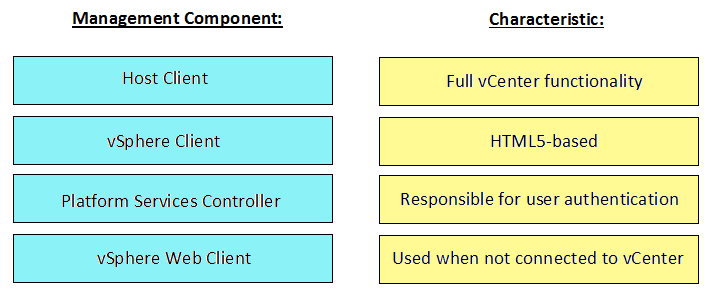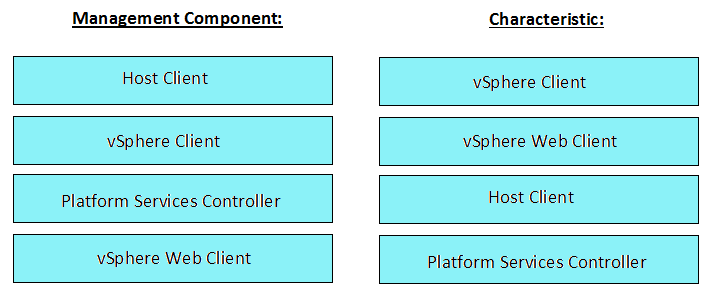Specialist Systems Administrator VxRail Appliance Exam
Here you have the best Dell DES-6332 practice exam questions
- You have 137 total questions to study from
- Each page has 5 questions, making a total of 28 pages
- You can navigate through the pages using the buttons at the bottom
- This questions were last updated on November 17, 2024

